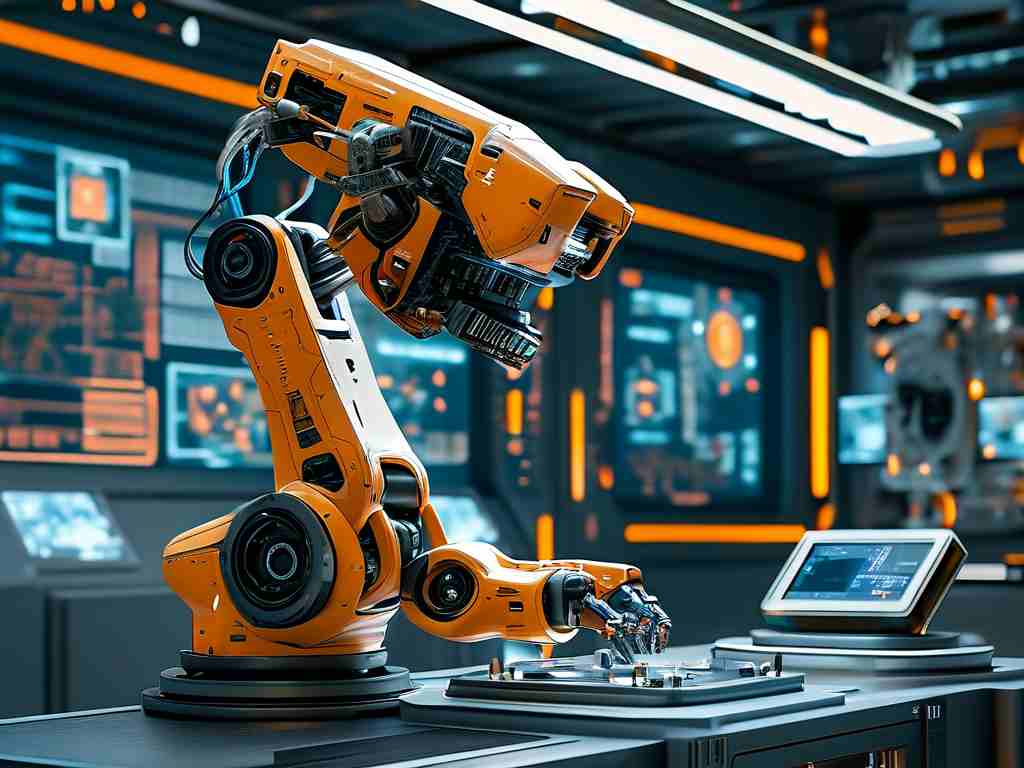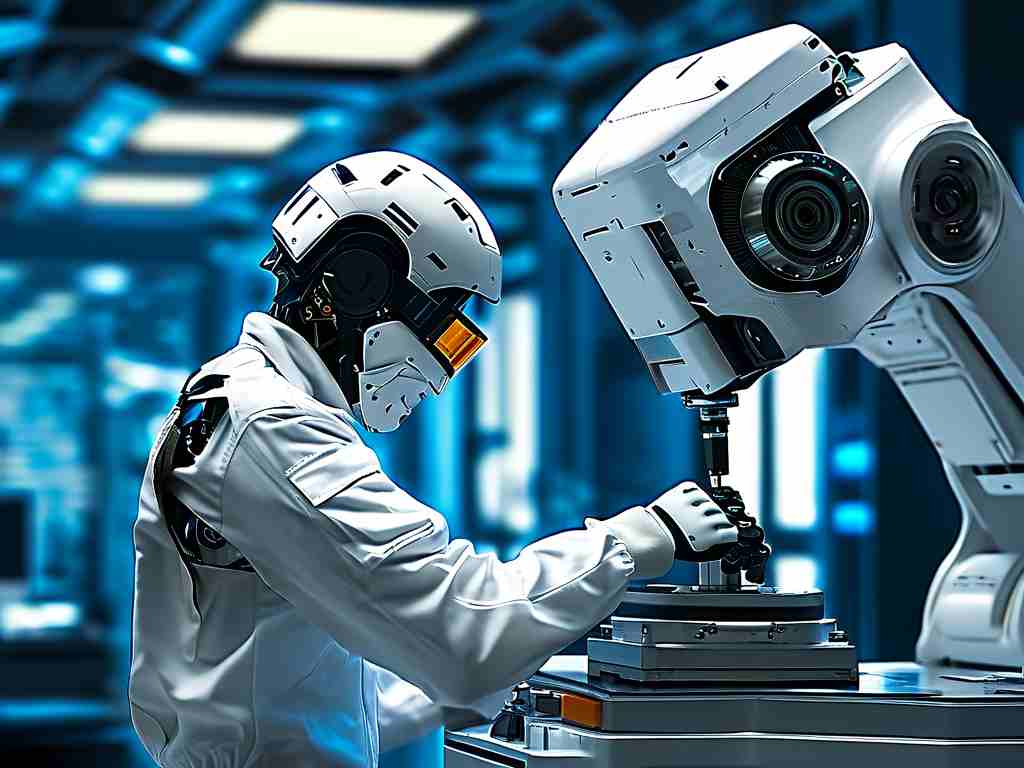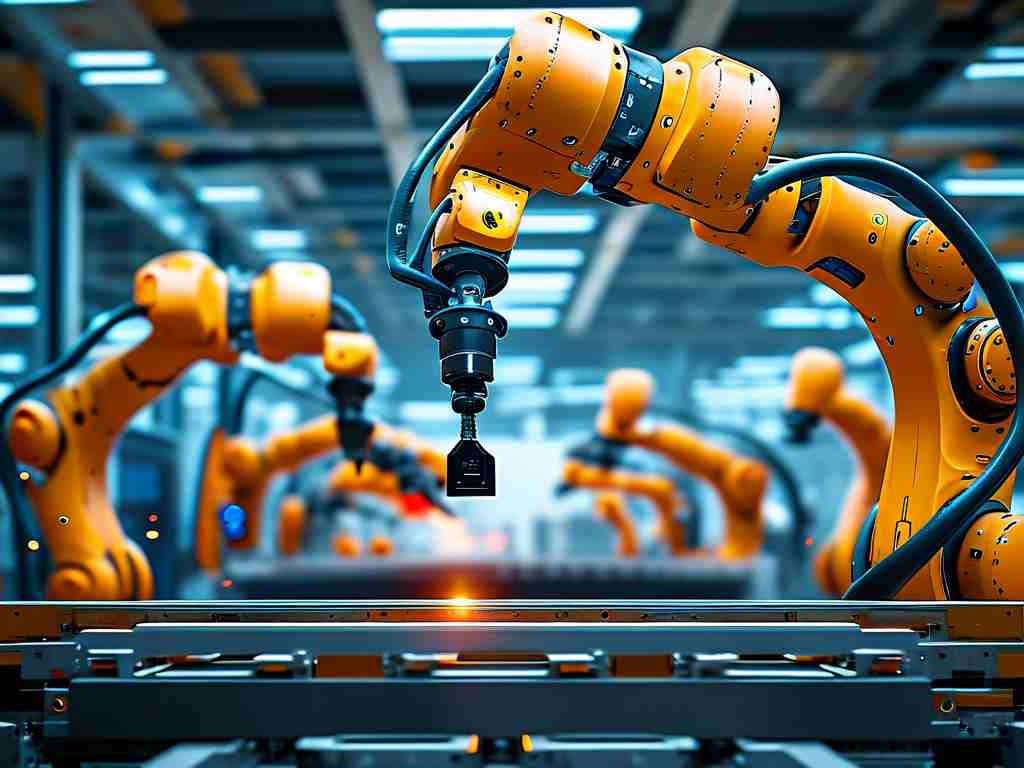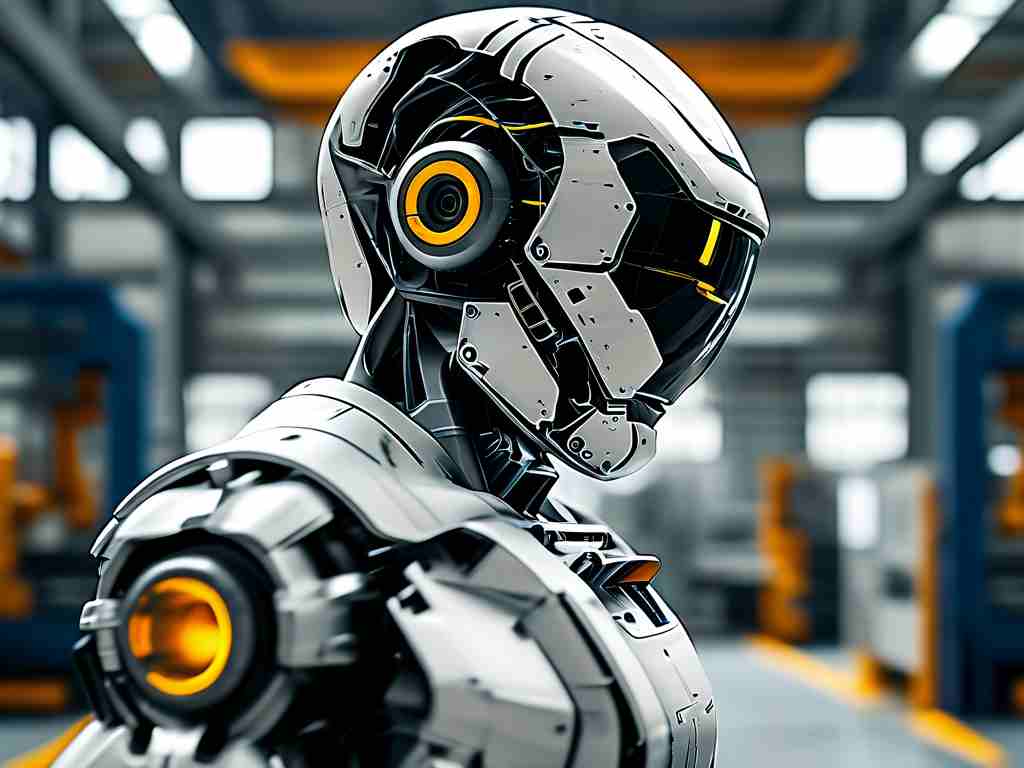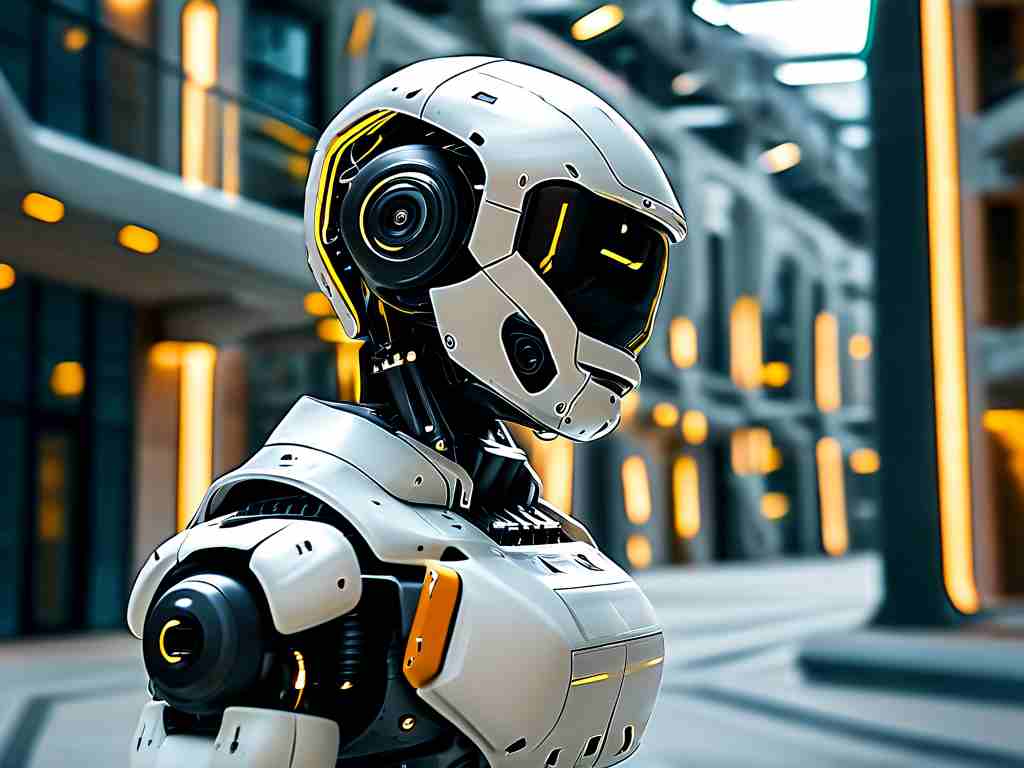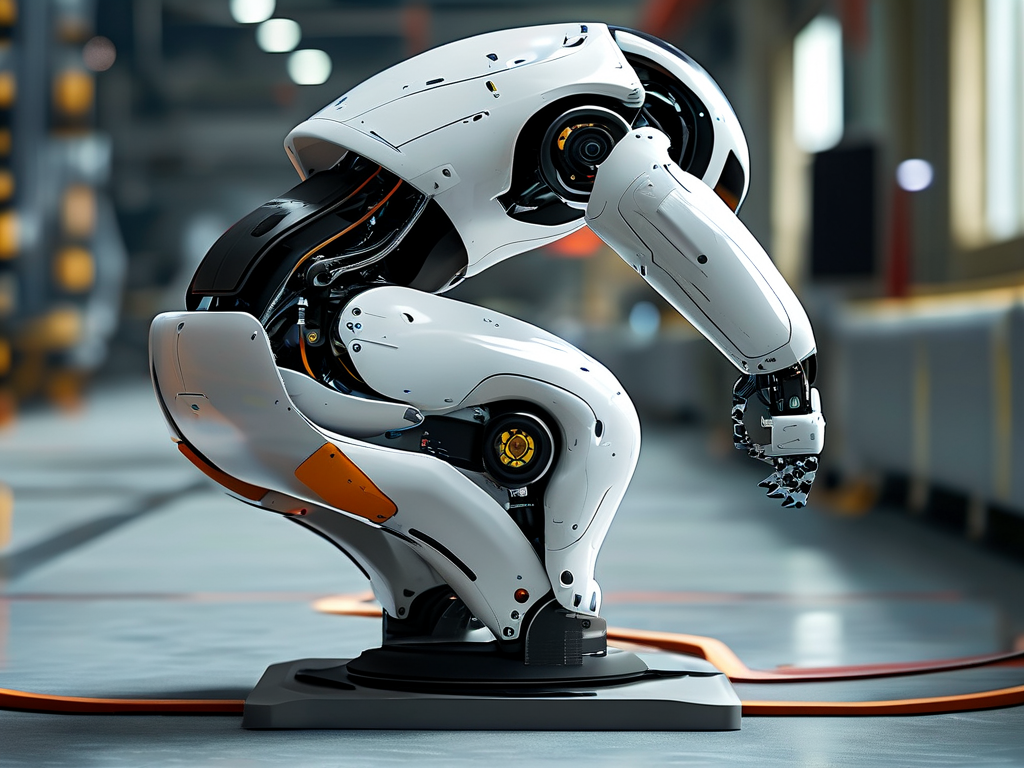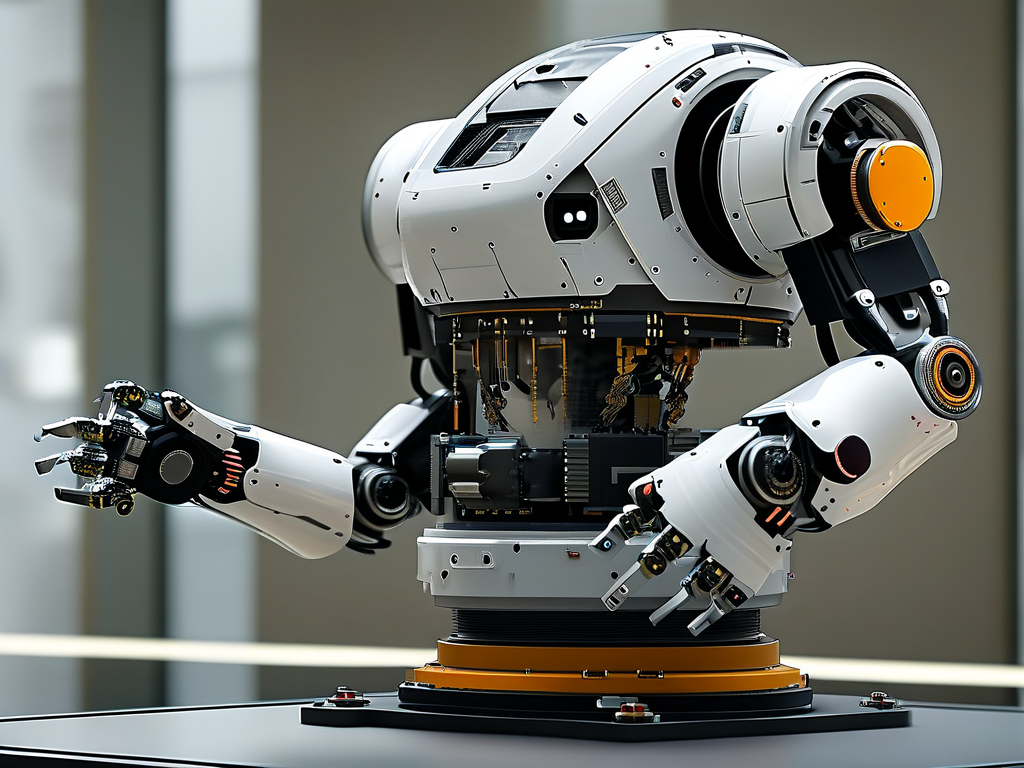The integration of geological inspiration into modern robotics has reached new heights through the study of Mount Tai's structural resilience. This article explores how engineers are decoding nature's engineering marvels to create advanced robotic systems capable of extraordinary load-bearing performance and environmental adaptability.
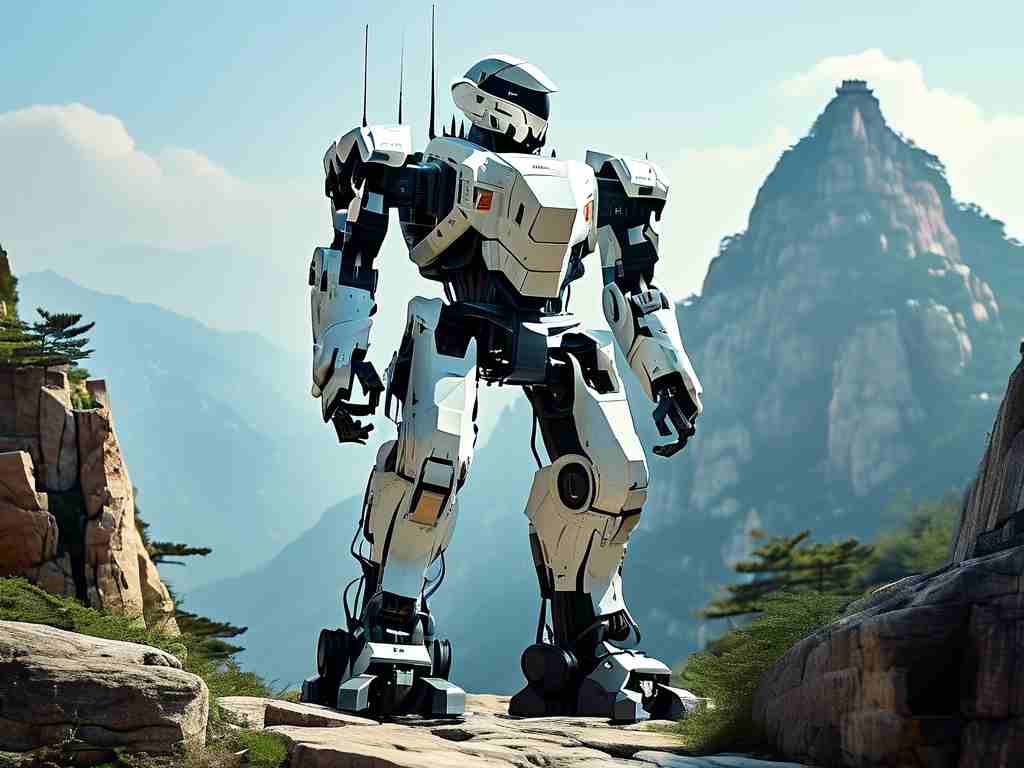
Geological Foundations Meet Mechanical Design
Mount Tai's unique granite composition, formed through 2.7 billion years of tectonic activity, demonstrates exceptional stress distribution patterns. Researchers at Shandong Robotics Institute have developed multi-layer pressure dispersion algorithms mimicking the mountain's bedrock stratification. These algorithms enable quadruped robots to automatically adjust footpad pressure across uneven terrain, reducing ground penetration by 43% compared to conventional models.
A concrete example exists in the TaiShan-9X construction robot prototype. Its hexagonal actuator array replicates the interlocking rock formations observed in Mount Tai's cliffs, achieving 28% greater impact resistance than traditional circular joint designs. During field tests at mining sites, the prototype maintained 92% operational efficiency in rockfall scenarios where standard models typically fail within 15 minutes.
Dynamic Stability Through Natural Wisdom
The mountain's famous "Eighteen Bends" footpath system has inspired breakthrough developments in robotic gait optimization. By analyzing thousands of hiker trajectories, engineers created adaptive motion controllers that automatically adjust stride length and body tilt angles. Laboratory simulations show this bio-inspired control system reduces energy consumption by 37% during slope navigation while maintaining payload capacity.
Dr. Wei Zhang's team at Tsinghua University recently unveiled a seismic detection robot featuring Mount Tai-inspired vibration dampening. The prototype incorporates granite composite materials in its chassis and uses real-time harmonic analysis to neutralize ground vibrations. In earthquake simulation tests, it successfully maintained sensor accuracy during magnitude 7.0 tremors – a 60% improvement over existing vibration-resistant platforms.
Ecological Adaptation Mechanisms
Mount Tai's microclimate variations have informed thermal management solutions for extreme-environment robots. The TaiRobotics-4XT model employs phase-change materials that mimic the mountain's natural heat regulation through rock porosity and vegetation coverage. Field data from desert operations show internal temperature stabilization within ±2°C across 24-hour cycles (-15°C to 55°C ambient), enabling continuous operation without external cooling systems.
Smart Sensor Fusion Techniques
Drawing from Mount Tai's ecological monitoring networks, researchers developed distributed sensor arrays combining LiDAR, infrared imaging, and ground-penetrating radar. These systems demonstrate 0.02mm precision in terrain mapping while consuming 40% less power than conventional sensor suites. The technology has been commercialized in mining inspection robots, reducing geological survey times from weeks to 48 hours in complex underground environments.
Future Development Pathways
Current research focuses on replicating Mount Tai's erosion resistance in robotic surface treatments. Preliminary tests with nano-ceramic coatings show 83% reduction in abrasive wear during sandstorm operations. The next-generation TaiRobotics-2030 platform aims to integrate full-environmental self-repair capabilities, inspired by the mountain's natural weathering compensation mechanisms.
From construction automation to planetary exploration, Mount Tai's geological intelligence continues to shape robotic innovation. As engineers bridge ancient natural wisdom with cutting-edge technology, we're witnessing a new era where machines don't just imitate nature – they evolve through deep ecological understanding. These advancements promise to redefine robotic applications in extreme environments while offering fresh perspectives on sustainable technological development.


